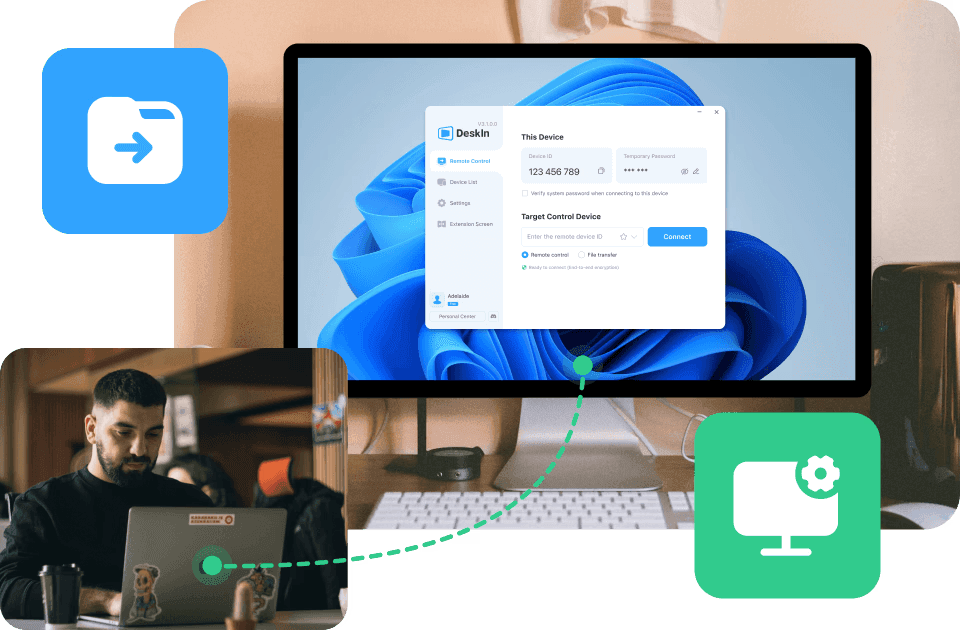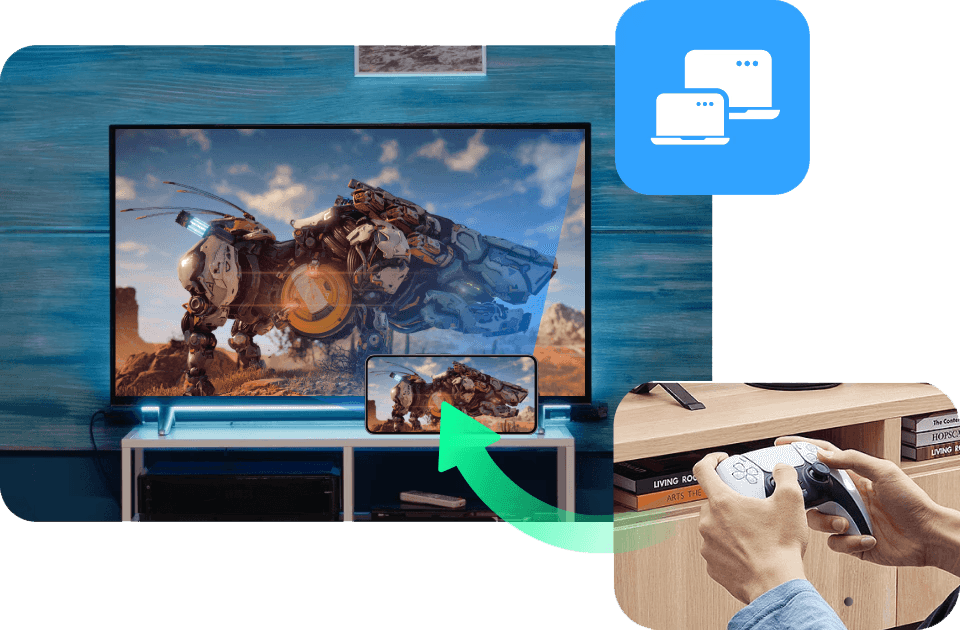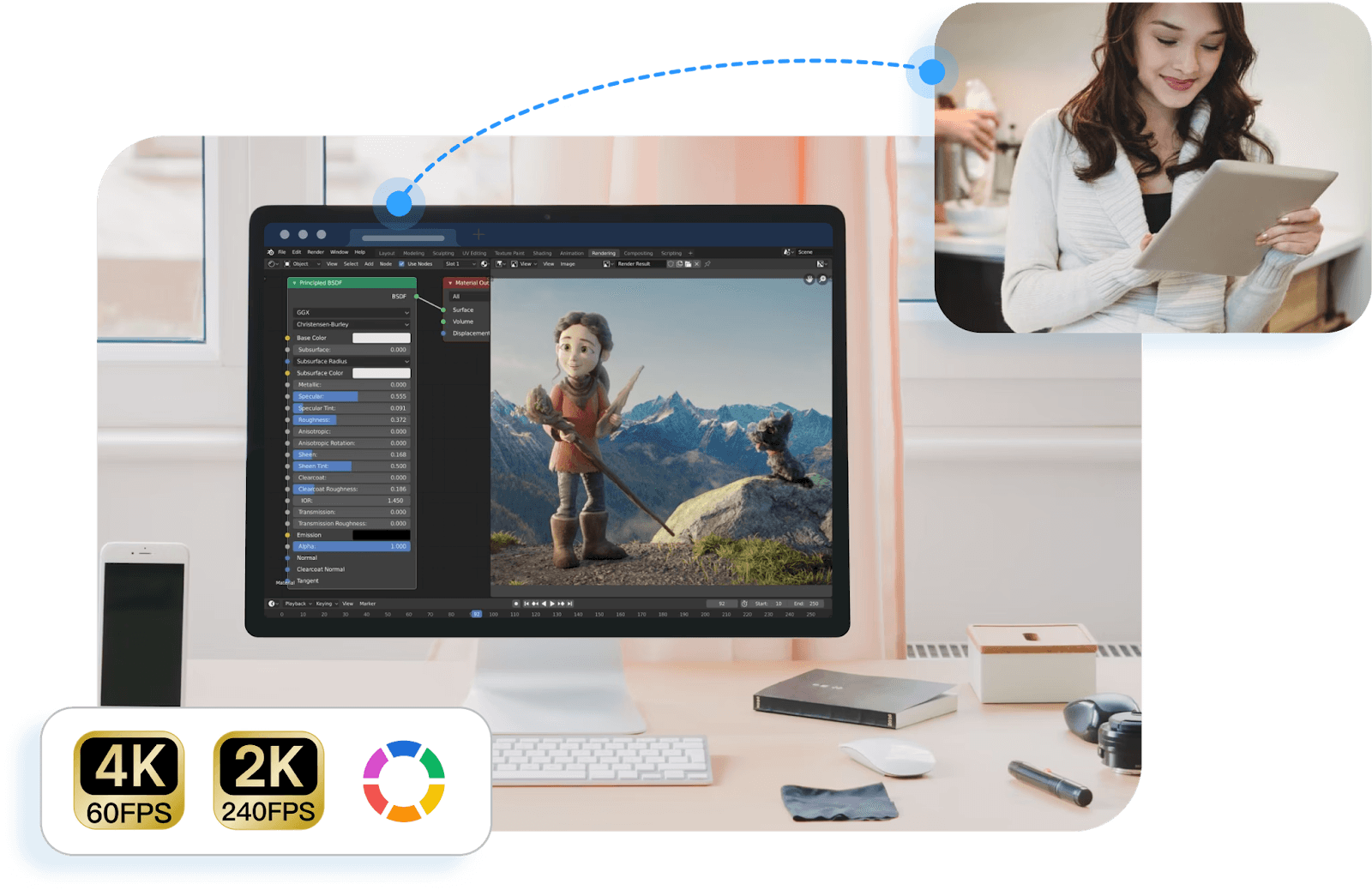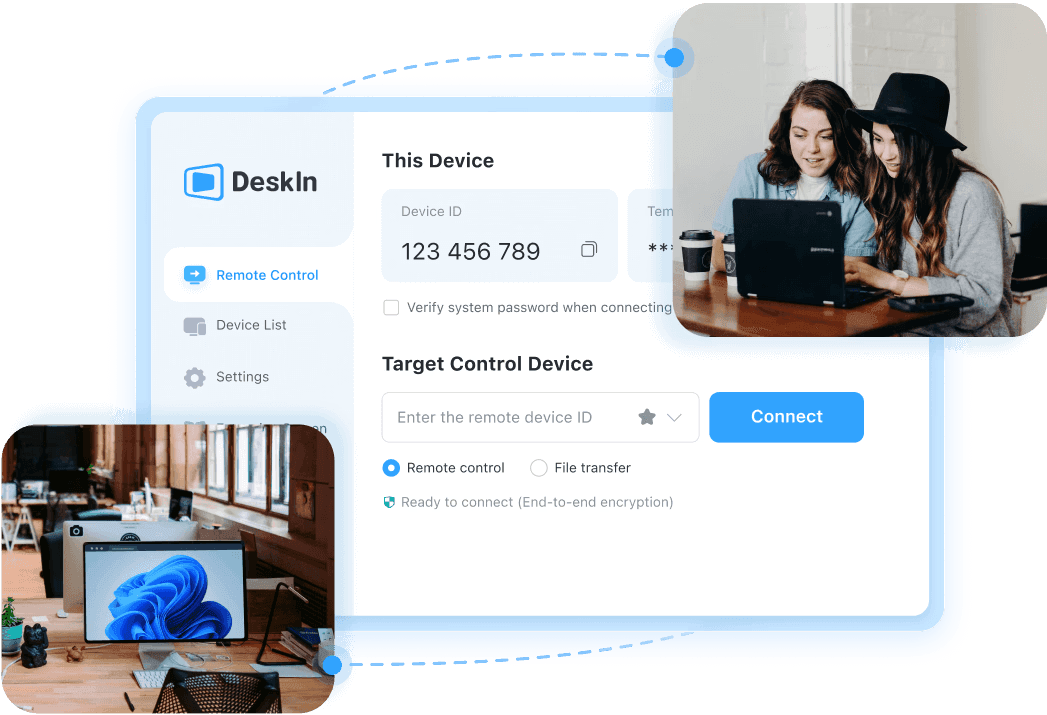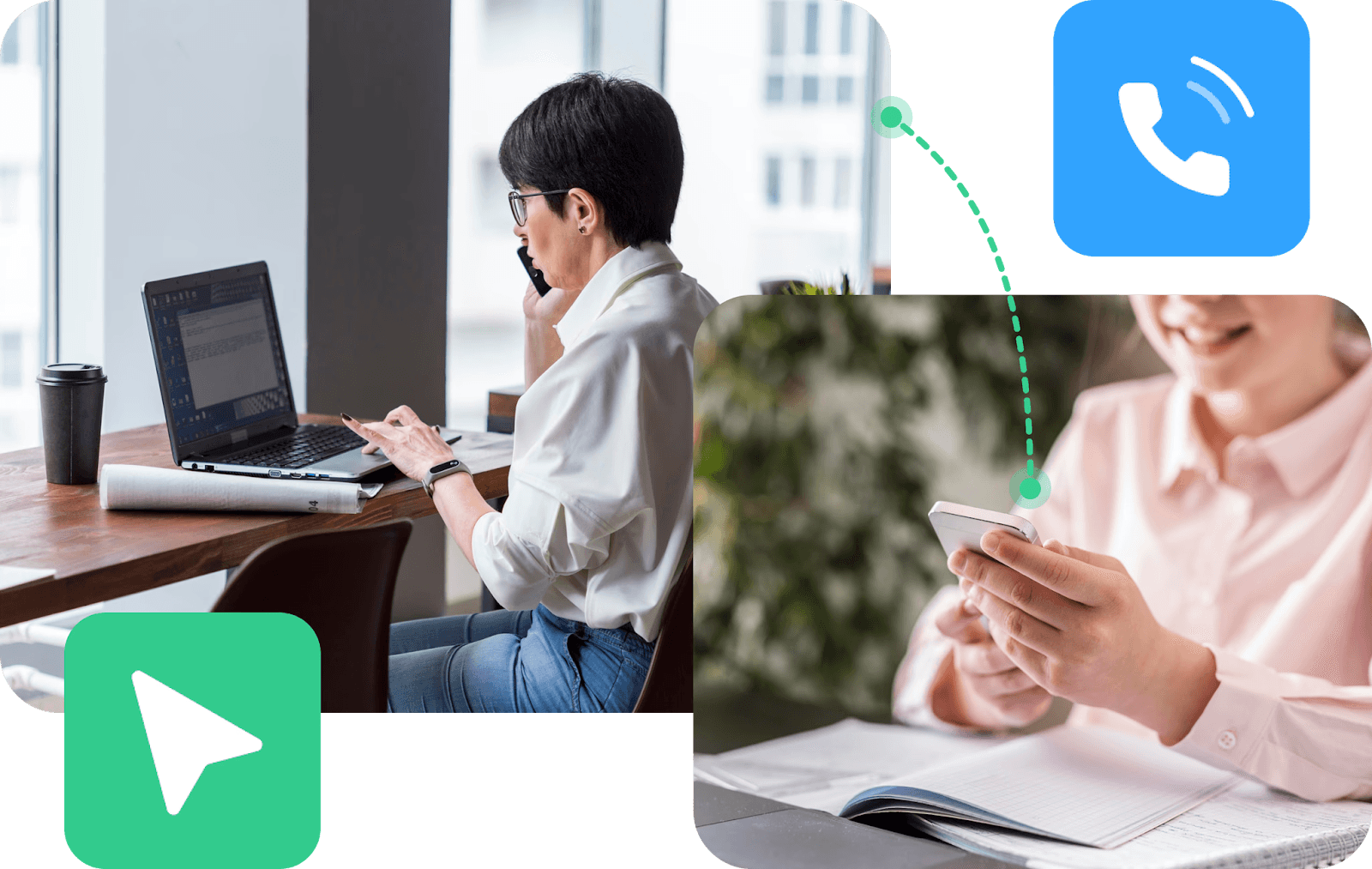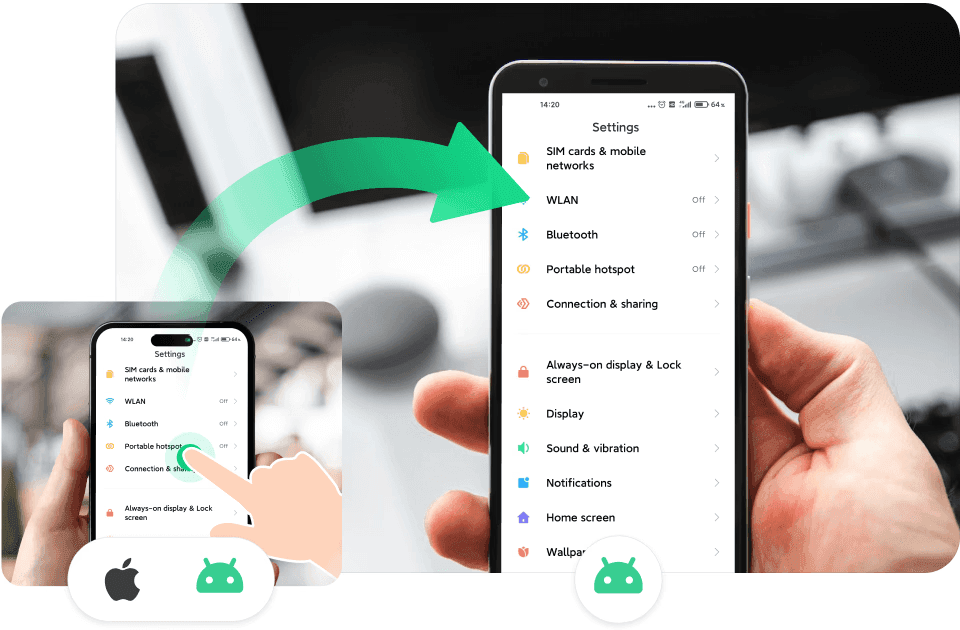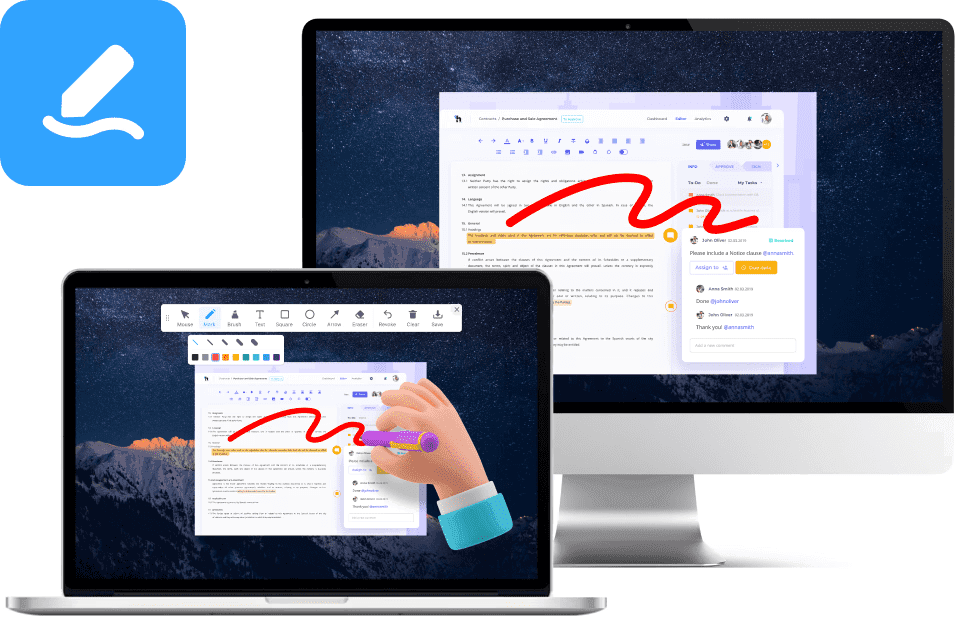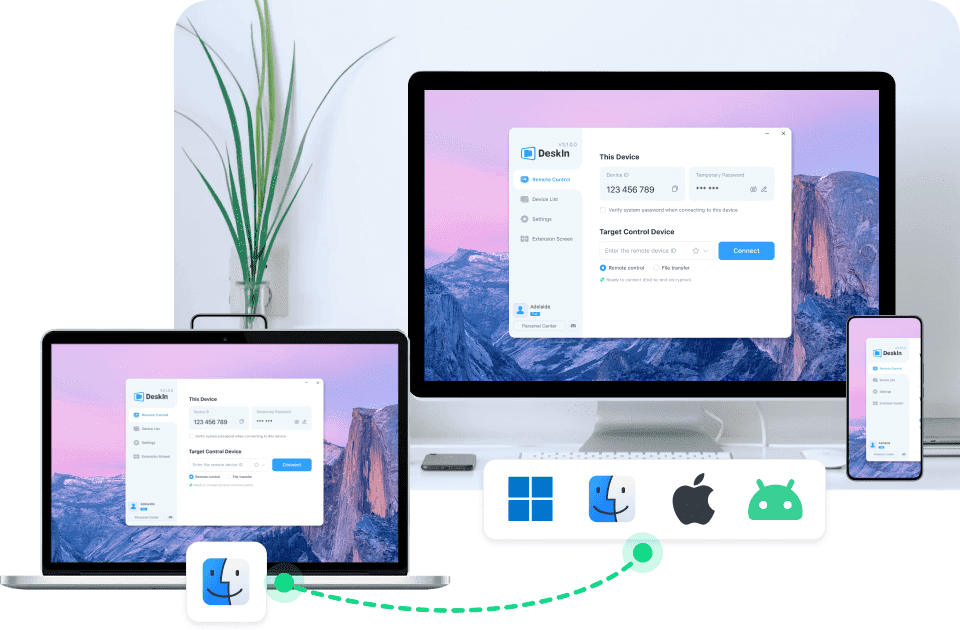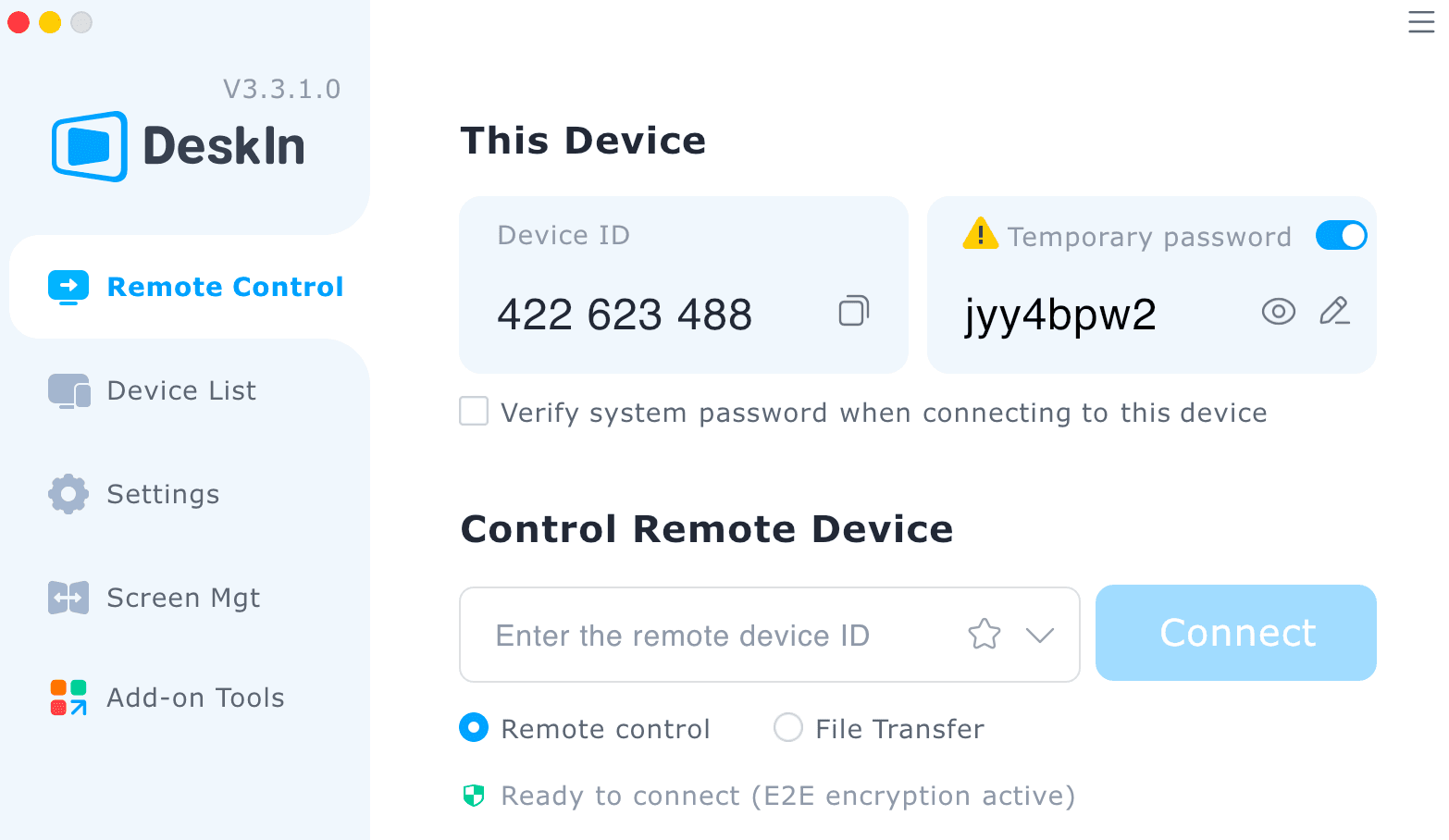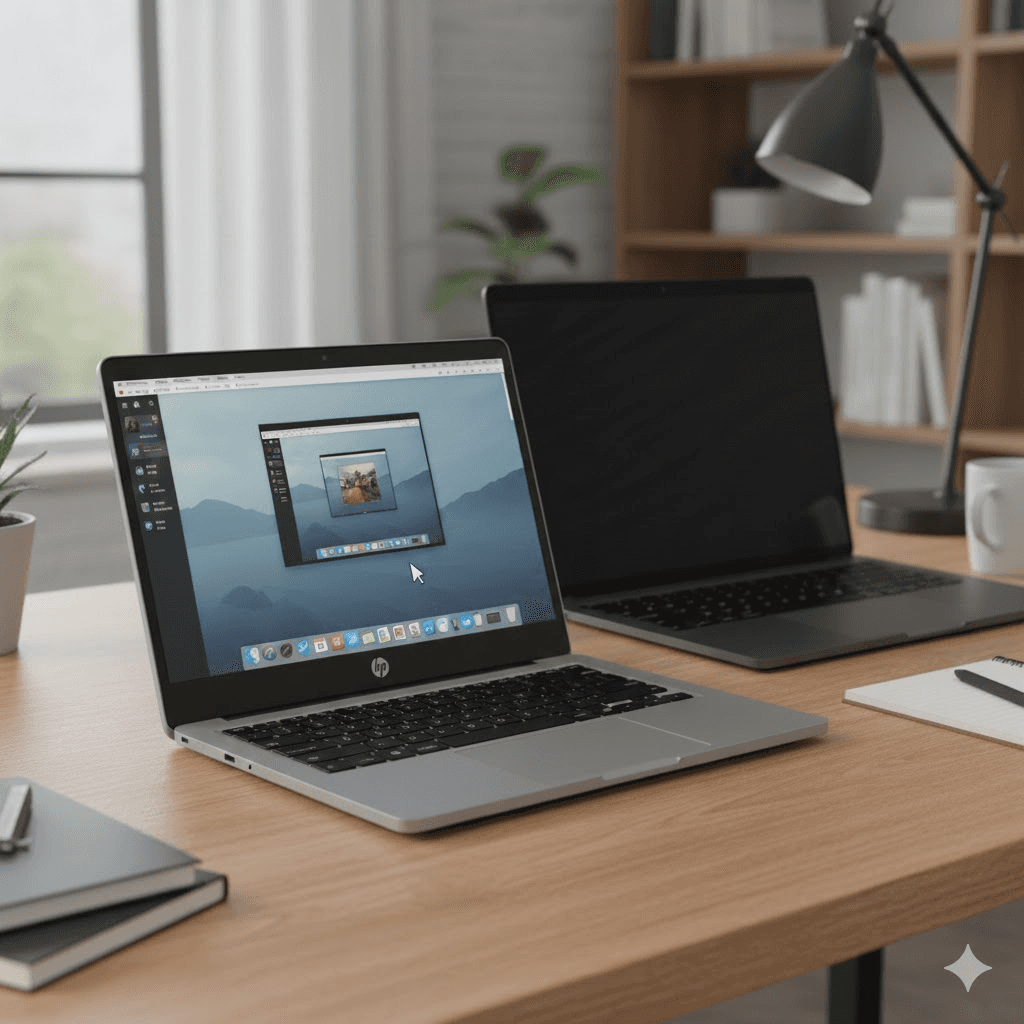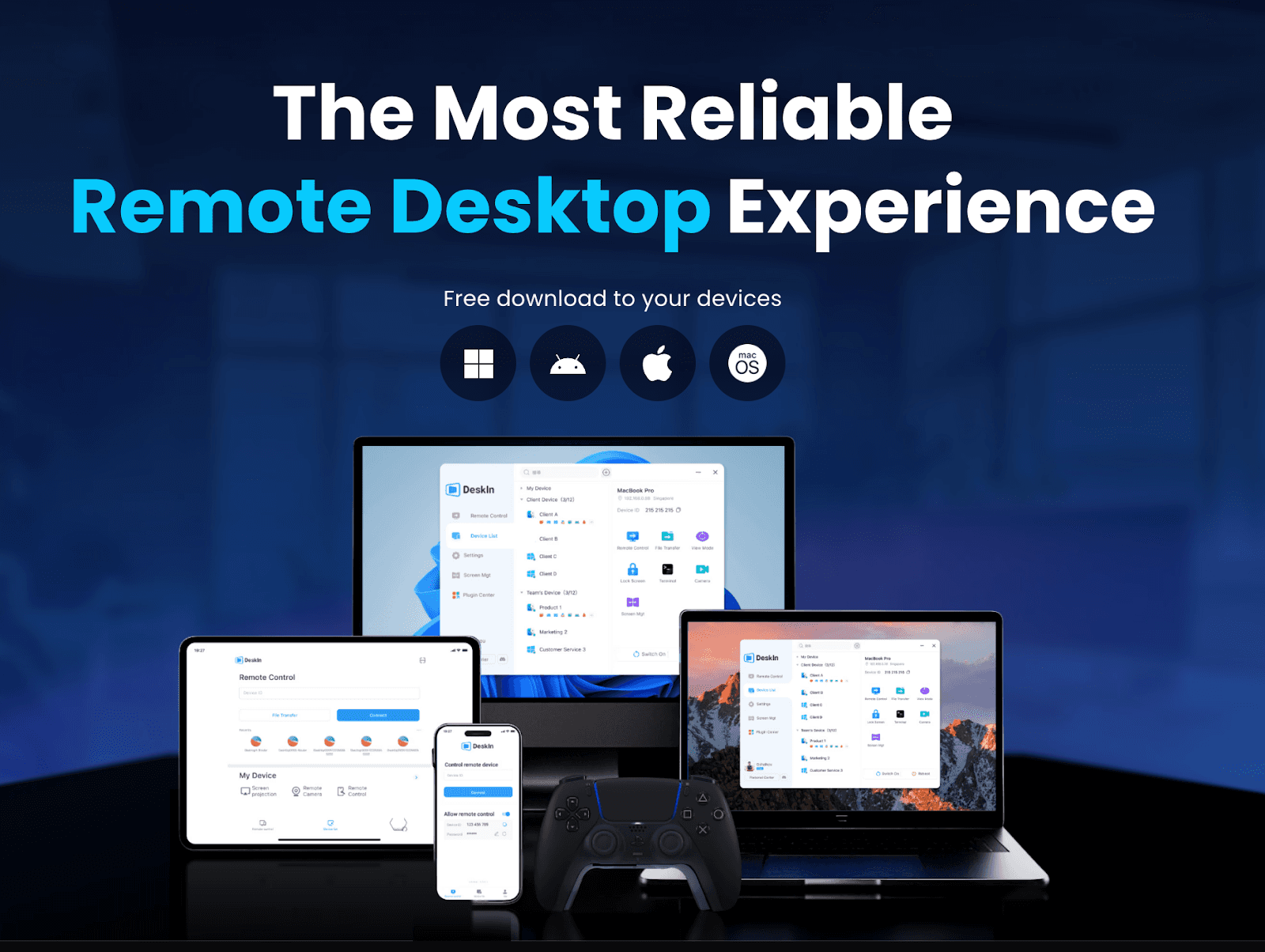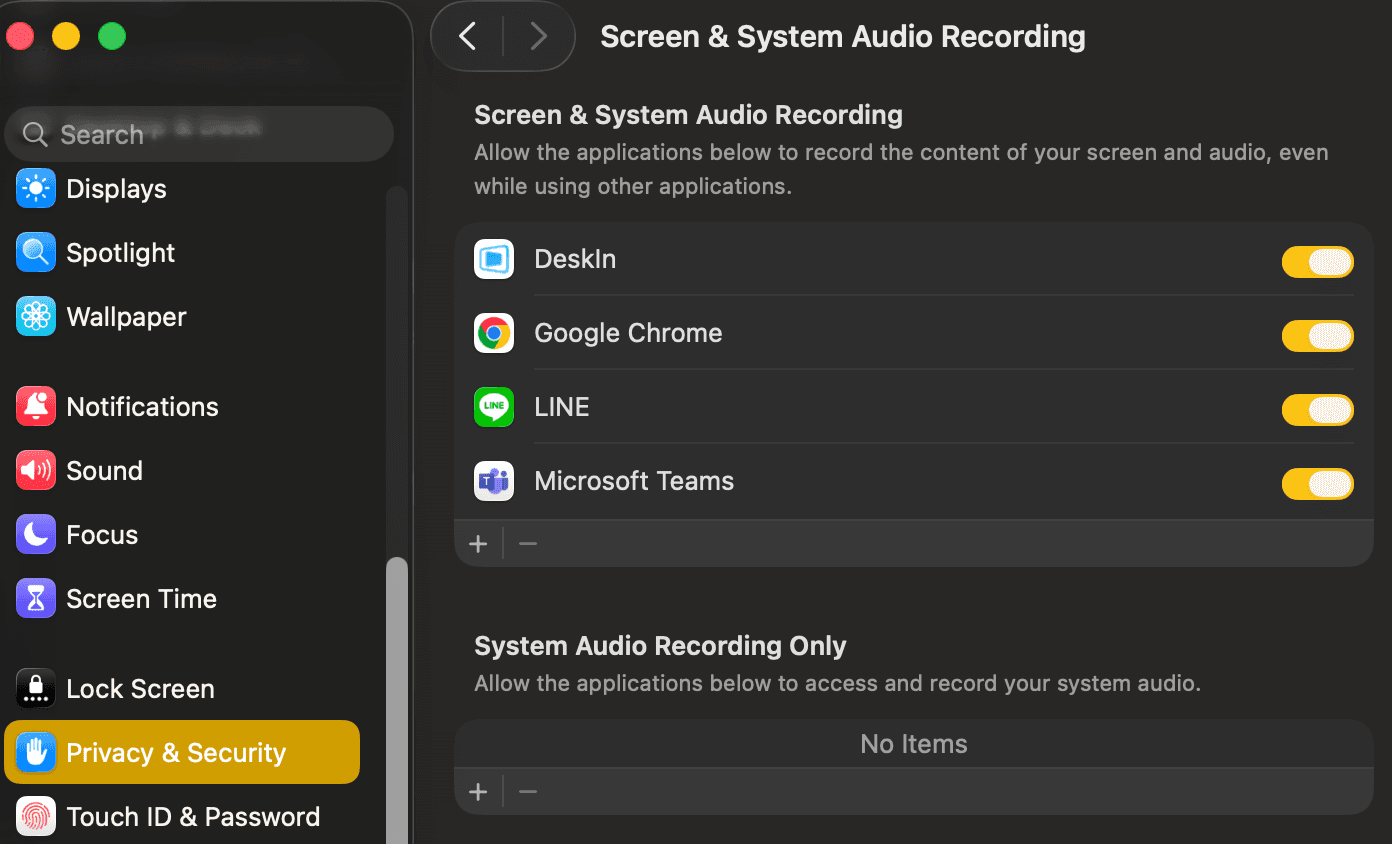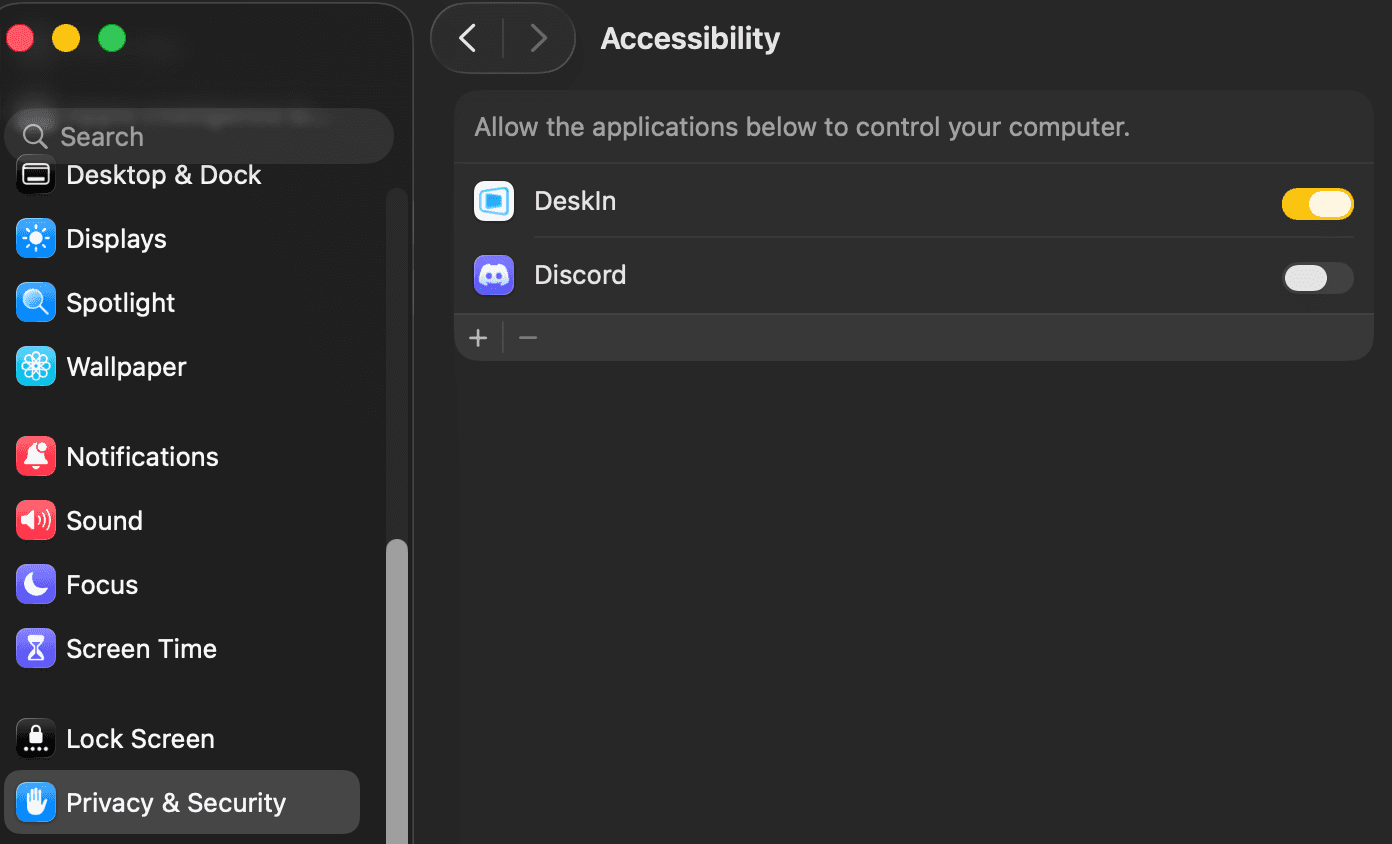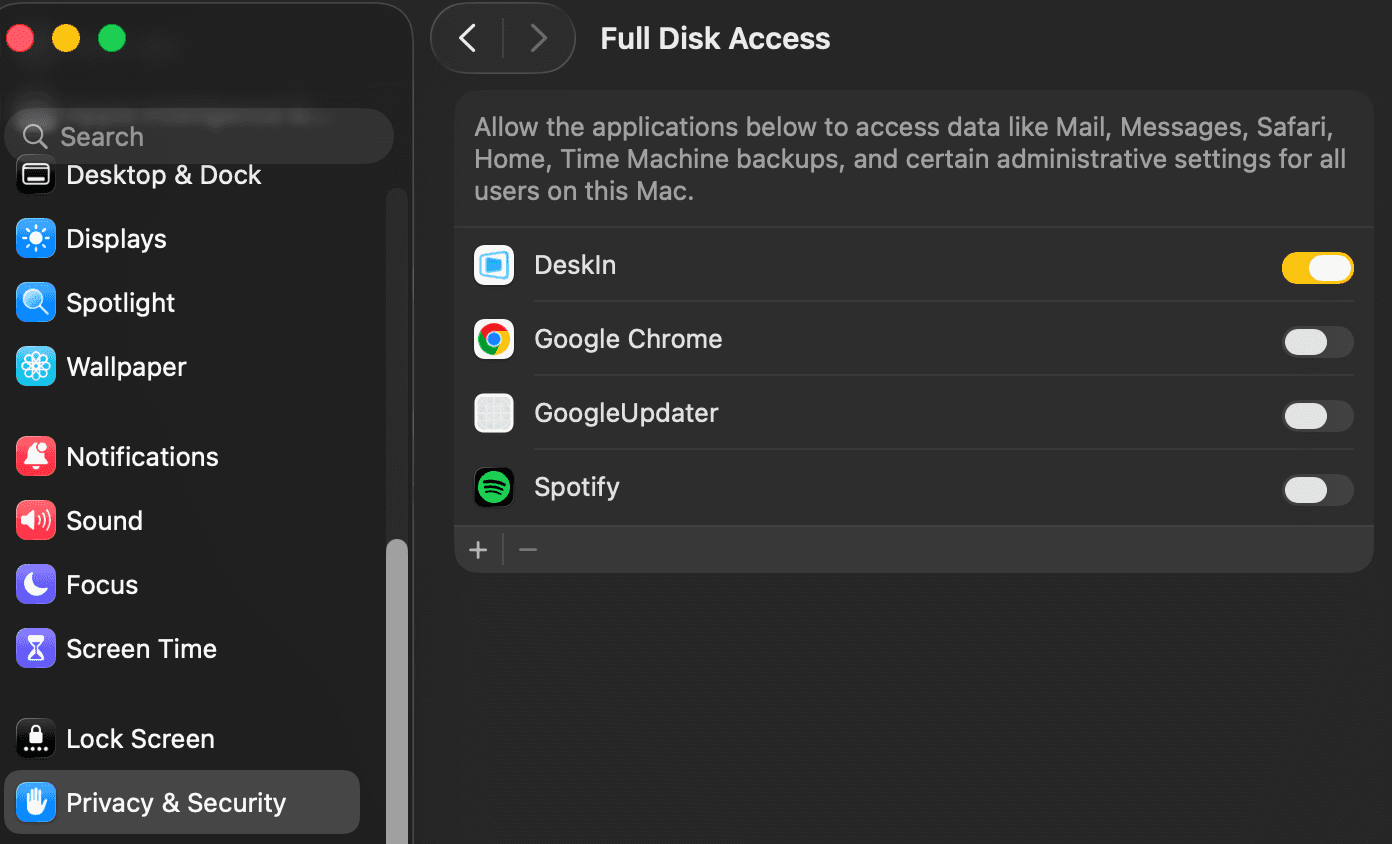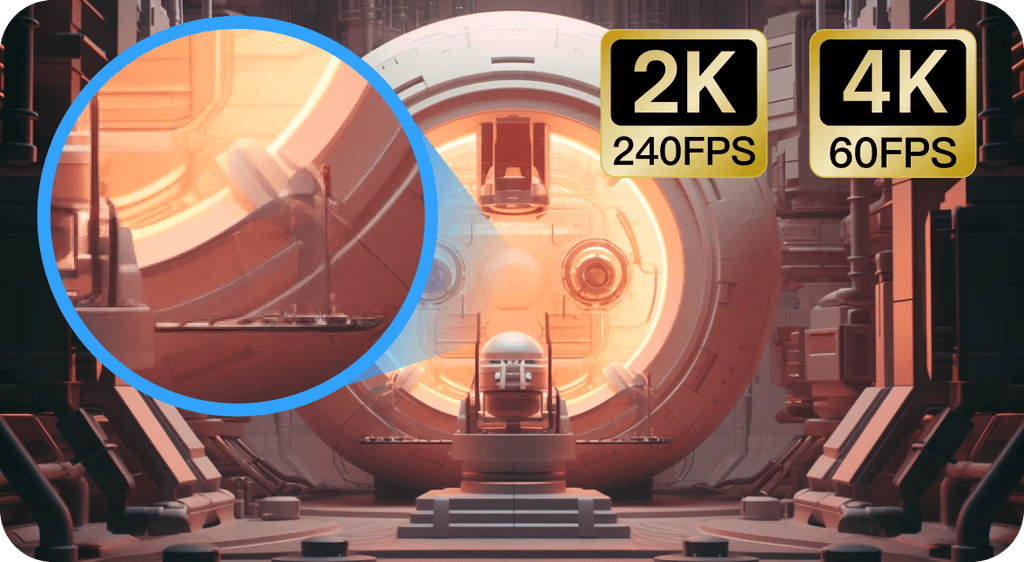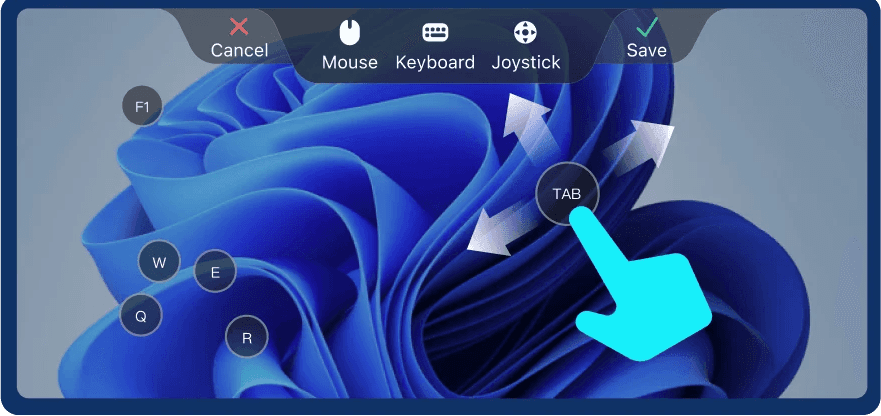5 Ứng Dụng Gương Màn Hình Tốt Nhất Cho Android (Ưu & Nhược Điểm)
Bạn muốn chia sẻ ảnh, video hoặc bài thuyết trình từ điện thoại Android của mình lên màn hình lớn hơn? Các ứng dụng phản chiếu màn hình giúp dễ dàng thực hiện việc này bằng cách truyền tải không dây màn hình thiết bị của bạn đến máy tính hoặc TV. Nếu bạn muốn cung cấp một bài thuyết trình cho doanh nghiệp, thưởng thức video hoặc chơi game cùng bạn bè, các ứng dụng này chắc chắn sẽ mang đến trải nghiệm xem mượt mà và chất lượng cao.
Nhưng với nhiều lựa chọn như vậy, làm thế nào để chọn ứng dụng phản chiếu màn hình Android tốt nhất? Để tiết kiệm thời gian cho bạn, chúng tôi đã thử nghiệm và chọn lọc 5 ứng dụng phản chiếu màn hình tốt nhất cho Android. Trong bài viết này, chúng tôi sẽ phân tích các tính năng chính, ưu và nhược điểm, và giá cả của chúng. Sau đó bạn có thể chọn được công cụ phản chiếu hoàn hảo cho nhu cầu của mình. Sẵn sàng để tìm công cụ phản chiếu màn hình lý tưởng của bạn? Hãy cùng khám phá!
💪 Đừng bỏ lỡ:
Top 1. DeskIn: Nhanh, Dễ Dàng và An Toàn với Bản Dùng Thử Miễn Phí
DeskIn là một ứng dụng phản chiếu màn hình mạnh mẽ nhưng tốt nhất cho Android có thể được sử dụng trên các thiết bị Android, Windows, macOS và iOS. Dù bạn muốn truyền hình ảnh từ điện thoại lên màn hình lớn hơn để chơi game, phát trực tiếp, hoặc làm việc, DeskIn mang đến hiệu suất mượt mà, chất lượng cao với độ phân giải 4K và độ trễ cực thấp (dưới 40ms).
Cài đặt cũng dễ dàng, khiến nó trở thành lựa chọn hoàn hảo cho người mới bắt đầu. Chỉ cần quét mã QR hoặc nhấn để kết nối không dây. An ninh cũng là một ưu tiên, M mã hóa 256-bit được áp dụng để đảm bảo các phiên làm việc từ xa an toàn. Bên cạnh chức năng phản chiếu màn hình, DeskIn cung cấp các tính năng tiện lợi khác như điều khiển từ xa, trò chuyện thoại, công cụ chú thích và clipboard chia sẻ, khiến nó trở thành công cụ đa năng cho cả việc sử dụng cá nhân và chuyên nghiệp.

💡 Ưu điểm:
Tương thích với nhiều hệ điều hành – Hoạt động trên Android, iOS, Windows và macOS.
Phát trực tuyến chất lượng cao – Hỗ trợ độ phân giải 4K với độ trễ <40ms.
Kết nối không dây dễ dàng – Không cần cáp; chỉ cần quét hoặc nhấn.
Truy cập từ xa an toàn – Được mã hóa với bảo mật 256-bit.
Các công cụ hợp tác bổ sung – Điều khiển từ xa, chú thích, trò chuyện thoại và nhiều hơn nữa.
Nhược điểm:
Các chức năng nâng cao yêu cầu gói trả phí.
Giá:
Một bản dùng thử miễn phí có sẵn cho người dùng cá nhân.
Top 2. Google Home: Miễn Phí và Đơn Giản
Nếu bạn đang sử dụng các sản phẩm của Google, Google Home là ứng dụng phản chiếu màn hình miễn phí tốt nhất cho Android mà bạn nên thử. Nó cho phép bạn phản chiếu màn hình Android sang Chromecast hoặc các thiết bị Google Nest. Dù bạn đang phát trực tiếp YouTube, chia sẻ ảnh kỳ nghỉ hay phản chiếu một trò chơi di động trên TV, nó hoạt động không dây chỉ với một cú nhấn. Vì nó được xây dựng cho các sản phẩm của Google, việc cài đặt diễn ra ngay lập tức. Thêm vào đó, bạn có thể sử dụng lệnh bằng giọng nói với Google Assistant để điều khiển rảnh tay.
Mặc dù nó tuyệt vời cho việc phản chiếu cơ bản, nhưng nó thiếu một số tính năng nâng cao như điều khiển từ xa hoặc chú thích. Tuy nhiên, nếu bạn muốn một cách đơn giản để phản chiếu màn hình Android trong hệ sinh thái của Google, bạn có thể thử.

💡 Ưu điểm:
Hỗ trợ tích hợp seamless với Google.
Phản chiếu màn hình của bạn sử dụng lệnh từ Google Assistant.
Không cần cáp hoặc cấu hình phức tạp.
Nhược điểm:
Không hỗ trợ màn hình không phải của Google.
Không có điều khiển từ xa, chú thích hoặc công cụ nâng cao.
Giá: Miễn phí
Top 3. AirDroid Cast: Tốt Nhất Cho Android
AirDroid Cast là một ứng dụng gương phổ biến cho Android, cho phép bạn phản chiếu màn hình Android của bạn sang PC một cách liền mạch. Nó đã tạo dựng được danh tiếng nổi bật, đặc biệt là cho các cuộc họp và bài thuyết trình từ xa. Dù bạn đang chia sẻ slide, bài demo hay hợp tác với đồng đội, nó hoạt động không dây hoặc qua cáp USB để có kết nối ổn định hơn.
Dù ứng dụng gương tốt nhất cho Android này cung cấp một phiên bản miễn phí, nó yêu cầu các thiết bị phải trên cùng một mạng Wi-Fi. So với đó, tùy chọn dựa trên web mang lại nhiều tính linh hoạt hơn. Chỉ cần mở trình duyệt trên PC của bạn, nhập mã phản chiếu, và bạn đã sẵn sàng. Không có cài đặt phần mềm nào cần thiết để chia sẻ màn hình nhanh chóng.

💡 Ưu điểm:
Hoạt động không dây hoặc sử dụng USB cho sự ổn định.
Có phiên bản ứng dụng và phiên bản web, phục vụ cho các nhu cầu khác nhau.
Lý tưởng cho các bài thuyết trình, đào tạo và hỗ trợ từ xa.
Nhược điểm:
Có thể xuất hiện quảng cáo.
Có giới hạn Wi-Fi cho phiên bản miễn phí.
Chất lượng hình ảnh của việc phản chiếu không thể đảm bảo.
Giá:
Có phiên bản miễn phí.
Các gói trả phí bắt đầu từ 2.49 đô la/tháng.
Top 4. Vysor: Kết Nối Android với PC Dễ Dàng
Vysor giúp việc phản chiếu màn hình trên Android đến Windows PC trở nên cực kỳ đơn giản. Với Vysor, bạn có thể dễ dàng phản chiếu Android sang PC miễn phí — Windows, Mac, Linux, hoặc Chromebook. Chỉ cần cắm qua USB (hoặc kết nối không dây với Pro) và ngay lập tức thấy màn hình điện thoại của bạn trên desktop.
Điều gì làm cho Vysor nổi bật là khả năng sử dụng chuột và bàn phím để điều hướng thiết bị Android của bạn, khiến nó hoàn hảo cho việc nhắn tin, thử nghiệm ứng dụng, hoặc quản lý file mà không cần chạm vào điện thoại của bạn. Cần chụp ảnh màn hình hoặc chuyển file? Đừng bỏ lỡ ứng dụng gương tốt nhất cho Android này, nó cũng xử lý điều đó với ít phiền phức.

💡 Ưu điểm:
Hoạt động trên Windows, Mac, Linux & Chromebook.
Điều hướng thiết bị Android của bạn từ PC bằng chuột hoặc bàn phím.
Cung cấp tiện ích bổ sung – chụp ảnh màn hình & chuyển file tích hợp.
Nhược điểm:
Các quảng cáo không thể tránh khỏi trừ khi bạn nâng cấp.
Kết nối USB miễn phí, nhưng kết nối không dây yêu cầu Pro.
Giá:
Một gói miễn phí
Các gói trả phí bắt đầu từ 2.50 đô la/tháng.
Top 5. LetsView: Miễn Phí với Watermark
LetsView làm cho việc phản chiếu màn hình trở nên khá đơn giản – chỉ với 3 bước là bạn đã xong. Dù bạn muốn chia sẻ màn hình Windows, phản chiếu điện thoại Android lên PC (Windows, Mac, Linux), máy tính bảng, hoặc thậm chí là Android TV, nó hoạt động liền mạch trên cùng một mạng Wi-Fi. Những người chơi game sẽ thích độ trễ gần như bằng không, nghĩa là không có độ trễ khó chịu trong quá trình chơi game trên màn hình lớn hơn. Thêm vào đó, nó giữ kết nối ổn định trong nhiều giờ, không bị ngắt khi đang xem phim hay thuyết trình.
Mặc dù nó rất tốt cho việc phản chiếu không dây, nhưng nó không hỗ trợ kết nối USB, và bản miễn phí có watermark. Tuy nhiên, cho việc chia sẻ màn hình nhanh, ổn định, LetsView là ứng dụng phản chiếu màn hình tốt nhất cho Android.

💡 Ưu điểm:
Dễ sử dụng.
Hoạt động trên PC, máy tính bảng và Android TV.
Phát trực tuyến mượt mà trong nhiều giờ mà không bị ngắt kết nối.
Nhược điểm:
Chỉ hoạt động qua Wi-Fi; không lý tưởng cho các mạng yếu.
Watermark xuất hiện trong phiên bản miễn phí.
Giá:
Phiên bản miễn phí
Các phiên bản Pro bắt đầu từ 5.99 đô la/tháng.
Kết luận: Ứng Dụng Phản Chiếu Màn Hình tốt nhất cho Android là gì?
Để giúp bạn đưa ra quyết định thông minh, chúng tôi đã so sánh các ứng dụng phản chiếu tốt nhất cho Android trong bảng dưới đây. Hãy xem qua trước khi quyết định.
DeskIn | Google Home | AirDroid Cast | Vysor | LetsView | |
Hệ điều hành hỗ trợ | Android, Windows, Mac, iOS | Android, Các thiết bị Google | Android, Windows, Mac, iOS | Android & tất cả các hệ điều hành | Android, Windows, Mac, iOS, Android TV |
Hỗ trợ không dây | ✔️ | ✔️ | ✔️ | ✔️ chỉ phiên bản Pro | ✔️ |
Tuỳ chọn cáp USB | ❌ | ❌ | ✔️ | ✔️ | ❌ |
Độ phân giải 4K | ✔️ | ❌ Chỉ HD | ❌ Tối đa 1080p | ❌ | ❌ Tối đa 1080p |
Hiệu suất không lag | ✔️ <40ms độ trễ | ❌ Tùy thuộc vào mạng | ❌ Thỉnh thoảng bị lag | ❌ Thỉnh thoảng bị lag | ✔️ Độ trễ thấp |
Việc chọn ứng dụng phản chiếu màn hình tốt nhất cho Android phụ thuộc vào nhu cầu của bạn. Nếu bạn là người dùng Google Home, ứng dụng Google Home cung cấp cách phản chiếu đơn giản đến các thiết bị Chrome cast. AirDroid Cast hoạt động tốt cho các cuộc họp từ xa, trong khi LetsView hoàn hảo cho việc phát trực tuyến nhanh chóng, không lag đến TV và máy tính.
Để có tùy chọn đa năng nhất, chúng tôi khuyên bạn nên DeskIn. Nó hoạt động trên Android, Windows, Mac và iOS với chất lượng 4K và độ trễ cực thấp. Những tính năng này khiến nó trở thành sự lựa chọn lý tưởng cho việc chơi game, xem phim hoặc làm việc. Với mã hóa 56-bit, bạn có thể tận hưởng quá trình phản chiếu màn hình an toàn. Dù bạn đang phản chiếu, hợp tác, hay thưởng thức nội dung, DeskIn mang đến trải nghiệm mượt mà và chất lượng cao. Sẵn sàng nâng cấp việc phản chiếu màn hình của bạn? Hãy thử DeskIn ngay hôm nay!
5 Ứng Dụng Gương Màn Hình Tốt Nhất Cho Android (Ưu & Nhược Điểm)
Bạn muốn chia sẻ ảnh, video hoặc bài thuyết trình từ điện thoại Android của mình lên màn hình lớn hơn? Các ứng dụng phản chiếu màn hình giúp dễ dàng thực hiện việc này bằng cách truyền tải không dây màn hình thiết bị của bạn đến máy tính hoặc TV. Nếu bạn muốn cung cấp một bài thuyết trình cho doanh nghiệp, thưởng thức video hoặc chơi game cùng bạn bè, các ứng dụng này chắc chắn sẽ mang đến trải nghiệm xem mượt mà và chất lượng cao.
Nhưng với nhiều lựa chọn như vậy, làm thế nào để chọn ứng dụng phản chiếu màn hình Android tốt nhất? Để tiết kiệm thời gian cho bạn, chúng tôi đã thử nghiệm và chọn lọc 5 ứng dụng phản chiếu màn hình tốt nhất cho Android. Trong bài viết này, chúng tôi sẽ phân tích các tính năng chính, ưu và nhược điểm, và giá cả của chúng. Sau đó bạn có thể chọn được công cụ phản chiếu hoàn hảo cho nhu cầu của mình. Sẵn sàng để tìm công cụ phản chiếu màn hình lý tưởng của bạn? Hãy cùng khám phá!
💪 Đừng bỏ lỡ:
Top 1. DeskIn: Nhanh, Dễ Dàng và An Toàn với Bản Dùng Thử Miễn Phí
DeskIn là một ứng dụng phản chiếu màn hình mạnh mẽ nhưng tốt nhất cho Android có thể được sử dụng trên các thiết bị Android, Windows, macOS và iOS. Dù bạn muốn truyền hình ảnh từ điện thoại lên màn hình lớn hơn để chơi game, phát trực tiếp, hoặc làm việc, DeskIn mang đến hiệu suất mượt mà, chất lượng cao với độ phân giải 4K và độ trễ cực thấp (dưới 40ms).
Cài đặt cũng dễ dàng, khiến nó trở thành lựa chọn hoàn hảo cho người mới bắt đầu. Chỉ cần quét mã QR hoặc nhấn để kết nối không dây. An ninh cũng là một ưu tiên, M mã hóa 256-bit được áp dụng để đảm bảo các phiên làm việc từ xa an toàn. Bên cạnh chức năng phản chiếu màn hình, DeskIn cung cấp các tính năng tiện lợi khác như điều khiển từ xa, trò chuyện thoại, công cụ chú thích và clipboard chia sẻ, khiến nó trở thành công cụ đa năng cho cả việc sử dụng cá nhân và chuyên nghiệp.

💡 Ưu điểm:
Tương thích với nhiều hệ điều hành – Hoạt động trên Android, iOS, Windows và macOS.
Phát trực tuyến chất lượng cao – Hỗ trợ độ phân giải 4K với độ trễ <40ms.
Kết nối không dây dễ dàng – Không cần cáp; chỉ cần quét hoặc nhấn.
Truy cập từ xa an toàn – Được mã hóa với bảo mật 256-bit.
Các công cụ hợp tác bổ sung – Điều khiển từ xa, chú thích, trò chuyện thoại và nhiều hơn nữa.
Nhược điểm:
Các chức năng nâng cao yêu cầu gói trả phí.
Giá:
Một bản dùng thử miễn phí có sẵn cho người dùng cá nhân.
Top 2. Google Home: Miễn Phí và Đơn Giản
Nếu bạn đang sử dụng các sản phẩm của Google, Google Home là ứng dụng phản chiếu màn hình miễn phí tốt nhất cho Android mà bạn nên thử. Nó cho phép bạn phản chiếu màn hình Android sang Chromecast hoặc các thiết bị Google Nest. Dù bạn đang phát trực tiếp YouTube, chia sẻ ảnh kỳ nghỉ hay phản chiếu một trò chơi di động trên TV, nó hoạt động không dây chỉ với một cú nhấn. Vì nó được xây dựng cho các sản phẩm của Google, việc cài đặt diễn ra ngay lập tức. Thêm vào đó, bạn có thể sử dụng lệnh bằng giọng nói với Google Assistant để điều khiển rảnh tay.
Mặc dù nó tuyệt vời cho việc phản chiếu cơ bản, nhưng nó thiếu một số tính năng nâng cao như điều khiển từ xa hoặc chú thích. Tuy nhiên, nếu bạn muốn một cách đơn giản để phản chiếu màn hình Android trong hệ sinh thái của Google, bạn có thể thử.

💡 Ưu điểm:
Hỗ trợ tích hợp seamless với Google.
Phản chiếu màn hình của bạn sử dụng lệnh từ Google Assistant.
Không cần cáp hoặc cấu hình phức tạp.
Nhược điểm:
Không hỗ trợ màn hình không phải của Google.
Không có điều khiển từ xa, chú thích hoặc công cụ nâng cao.
Giá: Miễn phí
Top 3. AirDroid Cast: Tốt Nhất Cho Android
AirDroid Cast là một ứng dụng gương phổ biến cho Android, cho phép bạn phản chiếu màn hình Android của bạn sang PC một cách liền mạch. Nó đã tạo dựng được danh tiếng nổi bật, đặc biệt là cho các cuộc họp và bài thuyết trình từ xa. Dù bạn đang chia sẻ slide, bài demo hay hợp tác với đồng đội, nó hoạt động không dây hoặc qua cáp USB để có kết nối ổn định hơn.
Dù ứng dụng gương tốt nhất cho Android này cung cấp một phiên bản miễn phí, nó yêu cầu các thiết bị phải trên cùng một mạng Wi-Fi. So với đó, tùy chọn dựa trên web mang lại nhiều tính linh hoạt hơn. Chỉ cần mở trình duyệt trên PC của bạn, nhập mã phản chiếu, và bạn đã sẵn sàng. Không có cài đặt phần mềm nào cần thiết để chia sẻ màn hình nhanh chóng.

💡 Ưu điểm:
Hoạt động không dây hoặc sử dụng USB cho sự ổn định.
Có phiên bản ứng dụng và phiên bản web, phục vụ cho các nhu cầu khác nhau.
Lý tưởng cho các bài thuyết trình, đào tạo và hỗ trợ từ xa.
Nhược điểm:
Có thể xuất hiện quảng cáo.
Có giới hạn Wi-Fi cho phiên bản miễn phí.
Chất lượng hình ảnh của việc phản chiếu không thể đảm bảo.
Giá:
Có phiên bản miễn phí.
Các gói trả phí bắt đầu từ 2.49 đô la/tháng.
Top 4. Vysor: Kết Nối Android với PC Dễ Dàng
Vysor giúp việc phản chiếu màn hình trên Android đến Windows PC trở nên cực kỳ đơn giản. Với Vysor, bạn có thể dễ dàng phản chiếu Android sang PC miễn phí — Windows, Mac, Linux, hoặc Chromebook. Chỉ cần cắm qua USB (hoặc kết nối không dây với Pro) và ngay lập tức thấy màn hình điện thoại của bạn trên desktop.
Điều gì làm cho Vysor nổi bật là khả năng sử dụng chuột và bàn phím để điều hướng thiết bị Android của bạn, khiến nó hoàn hảo cho việc nhắn tin, thử nghiệm ứng dụng, hoặc quản lý file mà không cần chạm vào điện thoại của bạn. Cần chụp ảnh màn hình hoặc chuyển file? Đừng bỏ lỡ ứng dụng gương tốt nhất cho Android này, nó cũng xử lý điều đó với ít phiền phức.

💡 Ưu điểm:
Hoạt động trên Windows, Mac, Linux & Chromebook.
Điều hướng thiết bị Android của bạn từ PC bằng chuột hoặc bàn phím.
Cung cấp tiện ích bổ sung – chụp ảnh màn hình & chuyển file tích hợp.
Nhược điểm:
Các quảng cáo không thể tránh khỏi trừ khi bạn nâng cấp.
Kết nối USB miễn phí, nhưng kết nối không dây yêu cầu Pro.
Giá:
Một gói miễn phí
Các gói trả phí bắt đầu từ 2.50 đô la/tháng.
Top 5. LetsView: Miễn Phí với Watermark
LetsView làm cho việc phản chiếu màn hình trở nên khá đơn giản – chỉ với 3 bước là bạn đã xong. Dù bạn muốn chia sẻ màn hình Windows, phản chiếu điện thoại Android lên PC (Windows, Mac, Linux), máy tính bảng, hoặc thậm chí là Android TV, nó hoạt động liền mạch trên cùng một mạng Wi-Fi. Những người chơi game sẽ thích độ trễ gần như bằng không, nghĩa là không có độ trễ khó chịu trong quá trình chơi game trên màn hình lớn hơn. Thêm vào đó, nó giữ kết nối ổn định trong nhiều giờ, không bị ngắt khi đang xem phim hay thuyết trình.
Mặc dù nó rất tốt cho việc phản chiếu không dây, nhưng nó không hỗ trợ kết nối USB, và bản miễn phí có watermark. Tuy nhiên, cho việc chia sẻ màn hình nhanh, ổn định, LetsView là ứng dụng phản chiếu màn hình tốt nhất cho Android.

💡 Ưu điểm:
Dễ sử dụng.
Hoạt động trên PC, máy tính bảng và Android TV.
Phát trực tuyến mượt mà trong nhiều giờ mà không bị ngắt kết nối.
Nhược điểm:
Chỉ hoạt động qua Wi-Fi; không lý tưởng cho các mạng yếu.
Watermark xuất hiện trong phiên bản miễn phí.
Giá:
Phiên bản miễn phí
Các phiên bản Pro bắt đầu từ 5.99 đô la/tháng.
Kết luận: Ứng Dụng Phản Chiếu Màn Hình tốt nhất cho Android là gì?
Để giúp bạn đưa ra quyết định thông minh, chúng tôi đã so sánh các ứng dụng phản chiếu tốt nhất cho Android trong bảng dưới đây. Hãy xem qua trước khi quyết định.
DeskIn | Google Home | AirDroid Cast | Vysor | LetsView | |
Hệ điều hành hỗ trợ | Android, Windows, Mac, iOS | Android, Các thiết bị Google | Android, Windows, Mac, iOS | Android & tất cả các hệ điều hành | Android, Windows, Mac, iOS, Android TV |
Hỗ trợ không dây | ✔️ | ✔️ | ✔️ | ✔️ chỉ phiên bản Pro | ✔️ |
Tuỳ chọn cáp USB | ❌ | ❌ | ✔️ | ✔️ | ❌ |
Độ phân giải 4K | ✔️ | ❌ Chỉ HD | ❌ Tối đa 1080p | ❌ | ❌ Tối đa 1080p |
Hiệu suất không lag | ✔️ <40ms độ trễ | ❌ Tùy thuộc vào mạng | ❌ Thỉnh thoảng bị lag | ❌ Thỉnh thoảng bị lag | ✔️ Độ trễ thấp |
Việc chọn ứng dụng phản chiếu màn hình tốt nhất cho Android phụ thuộc vào nhu cầu của bạn. Nếu bạn là người dùng Google Home, ứng dụng Google Home cung cấp cách phản chiếu đơn giản đến các thiết bị Chrome cast. AirDroid Cast hoạt động tốt cho các cuộc họp từ xa, trong khi LetsView hoàn hảo cho việc phát trực tuyến nhanh chóng, không lag đến TV và máy tính.
Để có tùy chọn đa năng nhất, chúng tôi khuyên bạn nên DeskIn. Nó hoạt động trên Android, Windows, Mac và iOS với chất lượng 4K và độ trễ cực thấp. Những tính năng này khiến nó trở thành sự lựa chọn lý tưởng cho việc chơi game, xem phim hoặc làm việc. Với mã hóa 56-bit, bạn có thể tận hưởng quá trình phản chiếu màn hình an toàn. Dù bạn đang phản chiếu, hợp tác, hay thưởng thức nội dung, DeskIn mang đến trải nghiệm mượt mà và chất lượng cao. Sẵn sàng nâng cấp việc phản chiếu màn hình của bạn? Hãy thử DeskIn ngay hôm nay!

Play x Work
All at Once
DeskIn Remote Game
only $14.32 USD 🎉 Limited on July 16-31
Add promo code: deskinsummer1





